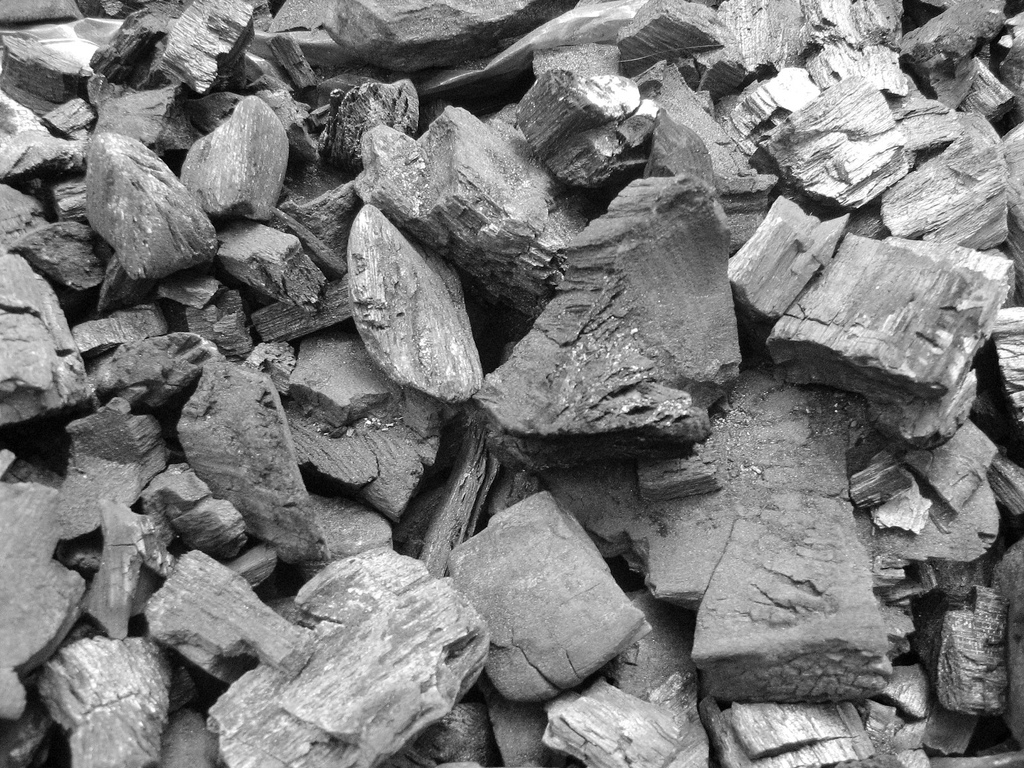So,
A while ago I wrote a note on Facebook about my thoughts on Grey Goose. It largely consisted of two large blocks of text from a New Yorker article on wine and a Wikipedia entry on Grey Goose. I will include the text blocks, and then give my two cents.
"Studies suggest that the experience of smelling and tasting wine is extremely susceptible to interference from the cognitive parts of the brain. Several years ago, Frédéric Brochet, a Ph.D. student in oenology at the University of Bordeaux, did a study in which he served fifty-seven participants a midrange red Bordeaux from a bottle with a label indicating that it was a modest vin de table. A week later, he served the same wine to the same subjects but this time poured from a bottle indicating that the wine was a grand cru. Whereas the tasters found the wine from the first bottle “simple,” “unbalanced,” and “weak,” they found the wine from the second “complex,” “balanced,” and “full.” Brochet argues that our “perceptive expectation” arising from the label often governs our experience of a wine, overriding our actual sensory response to whatever is in the bottle.
Read more: http://www.newyorker.com/reporting/2007/09/03/070903fa_fact_keefe?currentPage=all#ixzz0dpJFSClM"
"Grey Goose was designed for the American market in 1997 by Sidney Frank, a self-made billionaire. His concept was to create a premium vodka for Americans. He took the idea from the notion of French manufacturing having an inherent link with high perceived quality, quickly dispatching a team to Europe. Grey Goose was created as a result."
The article on wine is supported by what I have learned in further readings and a psychology class I took. It is simply a matter of perception overriding your actual sensory inputs. Grey Goose certainly exploits that, as many people will swear by the brand but will drink the product in cocktails or on the rocks, masking the flavour either way. I prefer to drink spirits neat and chilled. Not freezing, but chilled. That is the method by which you may appreciate the subtleties presented. My vodkas of choice are Belvedere when I am flush with cash, and Russian Standard or Tag when I am not.
As an aside, I do not distinguish between Russian Standard and Tag because I do not feel I am capable of fully comparing them currently. Belvedere and Russian Standard were selected by me after a blind taste test of the five vodkas we had in the house. The methodology is one that I have heard is standard, one starts by sipping the very top of the shot and inhaling through the nose as you swallow. This allows for what I would describe as a flourish of the flavours present. One then takes the rest of the shot. In the case of taste testing, I tried to take notes as rigorously and quickly as possible. In the interest of full disclosure, this was not the first method I tried. I started by sipping the vodkas and taking notes, but I noticed that subsequent sips were always rated as worse than previous ones. In this test, I sampled Belvedere, Finlandia, Russian Standard, Smirnoff and one other. It rated higher than Smirnoff, but was not worth buying (or remembering the name, apparently). Smirnoff, for the record, was dead last. I shuddered after taking that shot, but no others. I disliked the un-named vodka, but did not shudder. Alas, Tag is a favourite vodka of mine, but I did not possess any at the time. I would be elated should it, a cheaper vodka, test better than Belvedere and Russian Standard, but for now I save my pennies and wait until the three are available to me.
I have had Grey Goose twice, once at a party, and once at the insistence of a barmaid. I had them neat, as I always* do. I found that when doing this, my mouth would become numb in fairly short order, with pins and needles as the feeling subsided. Perhaps this is something unique to me, but Grey Goose remains in my bad books as a result. It is my feeling that most would prefer Belvedere, Tag, or Russian Standard to Grey Goose but for a few factors. One, Grey Goose is better than Smirnoff in the form of shots. With Smirnoff being the well-known standard that it is, the first taste of a Grey Goose is somewhat of an epiphany, seeing that not all vodka is terrible. Second, Grey Goose is often poured into cocktails or onto "the rocks" (ice, for those unfamiliar). I can attest to the fact that rocks will destroy any subtlety to a vodka in fairly short order, as it is how I have Smirnoff when it is the only available drink.
Unfortunately, my advice often falls on deaf ears. Smirnoff drinkers firmly believe that vodka is a terrible beverage, and Grey Goose drinkers are fiercely loyal. My cousin, who experienced my early days of taste testing and meticulous note taking, is my biggest advocate when I offer new vodkas to people. Unfortunately, it is usually only myself doing the pitching, and one voice is much less convincing than two.
So, should you chance upon Belvedere, Tag, or Russian Standard, adjust your monocle and top hat, and have it chilled and neat. Your taste buds will thank you.
NM
*Except for my one weakness: vodka and mountain dew. I refuse to mix Belvedere, but the others are fair game. Particularly dangerous when one is accustomed to drinking spirits neat.
P.S. Having said that, Bison Grass (it has a longer, more complicated name, but it is the bottle with the grass in it) offers an interesting taste sensation, but it is far less common. It's not the standard vodka experience, but it's a little sweeter, and entirely lovely.
P.P.S. The vodka I could not remember the name of was Sobieski.




